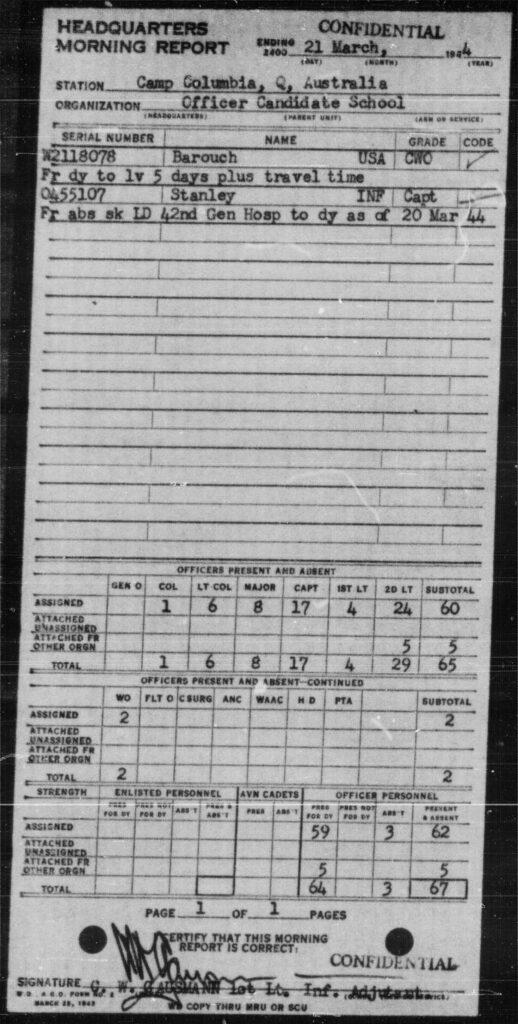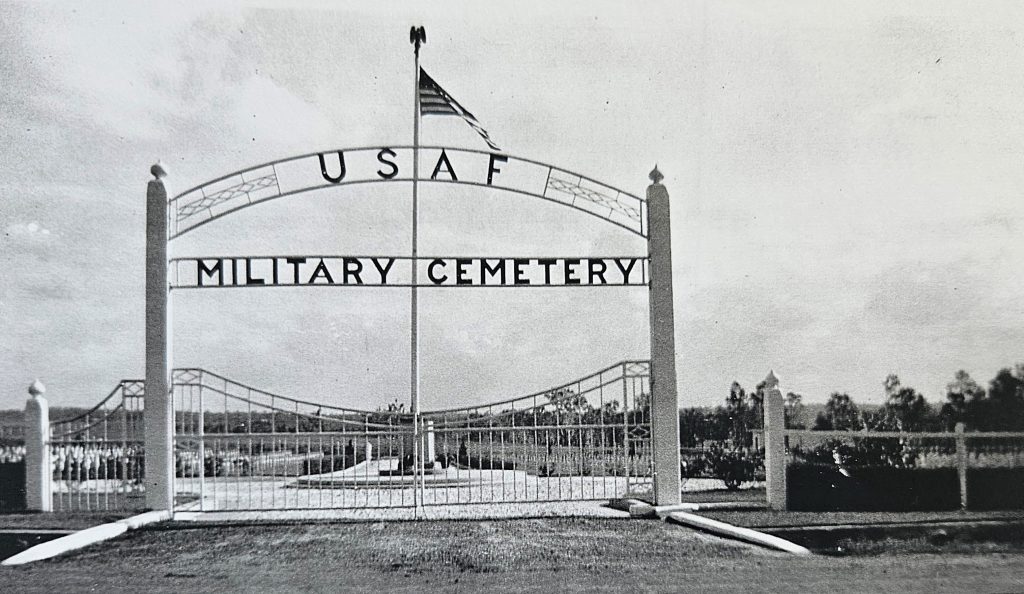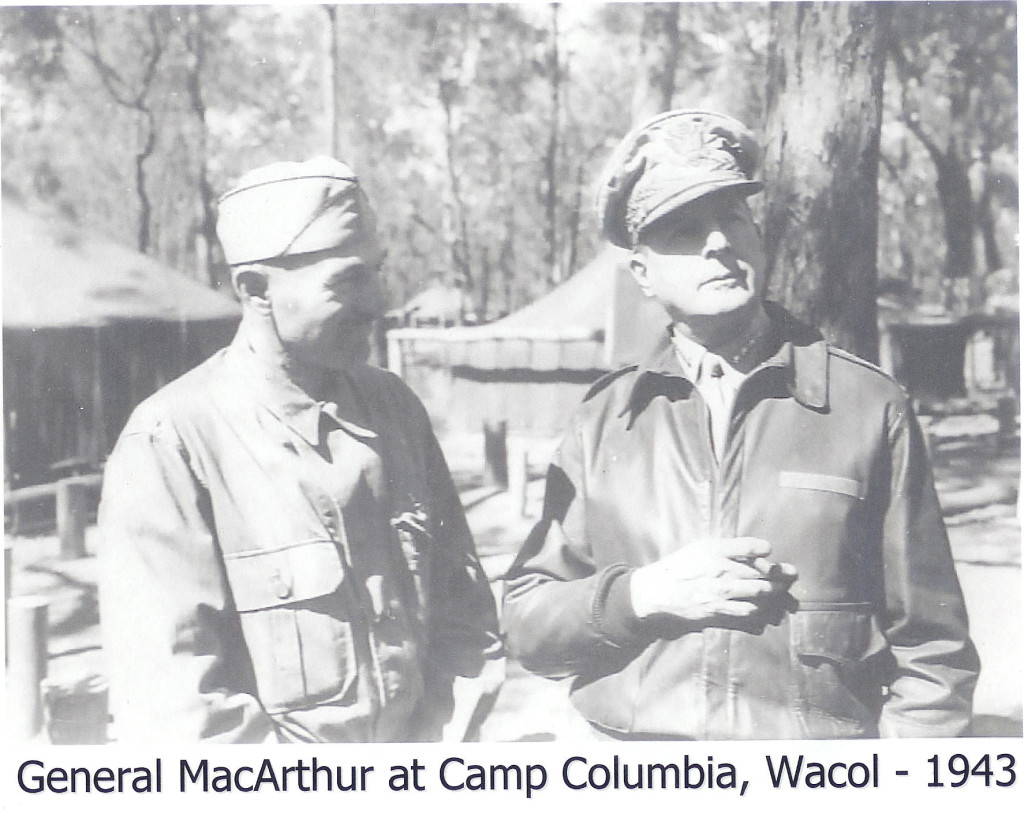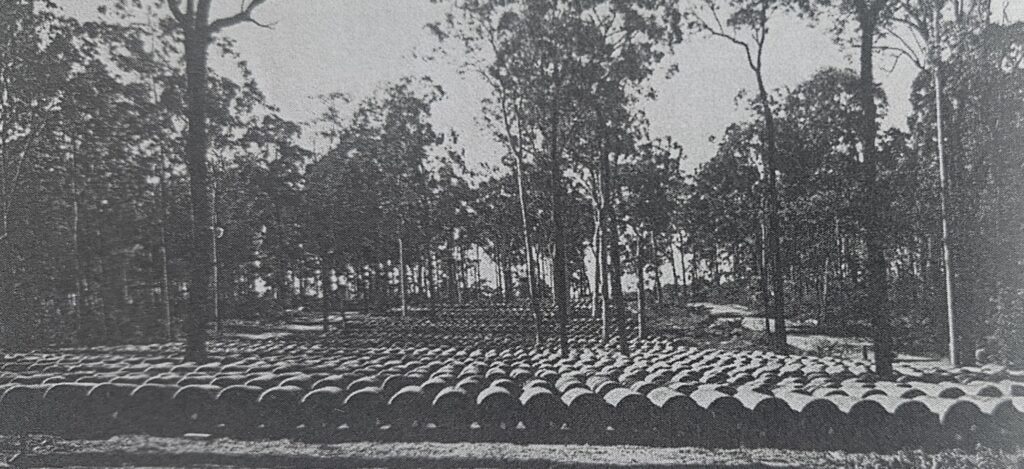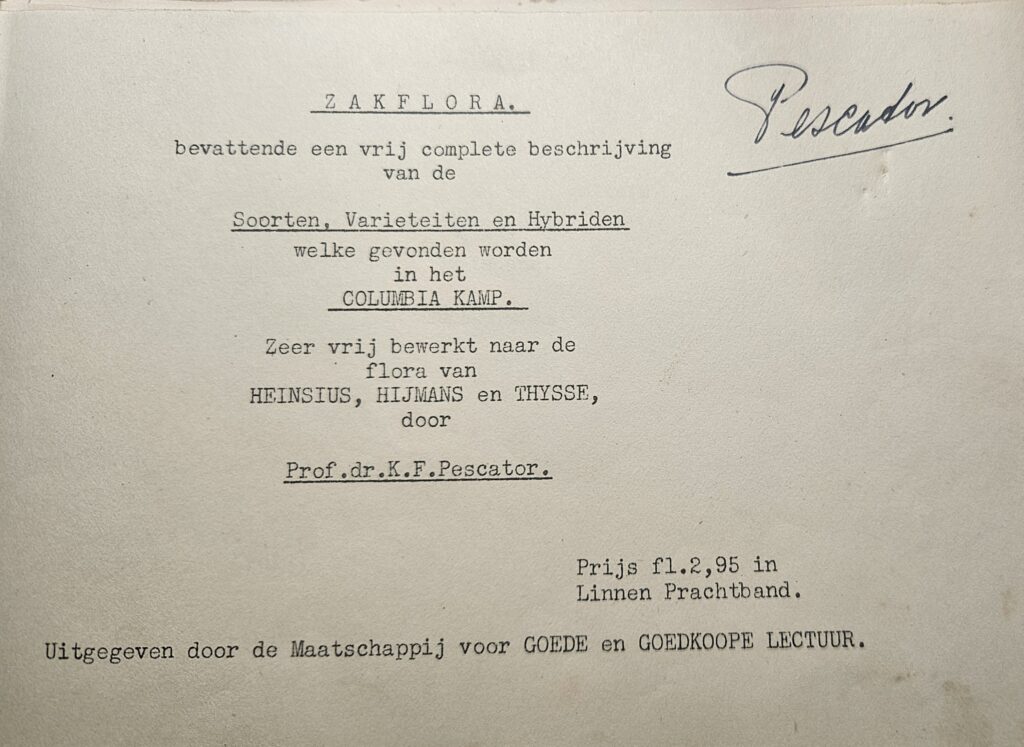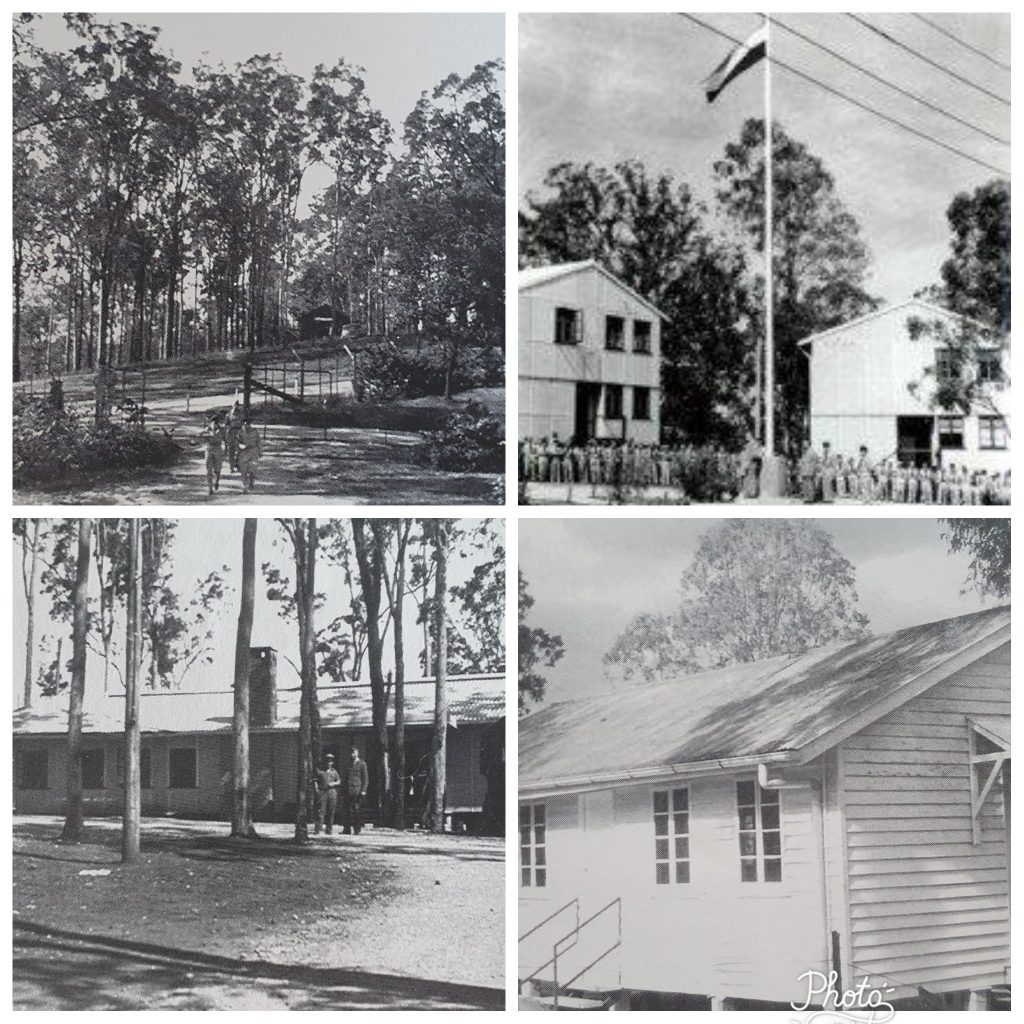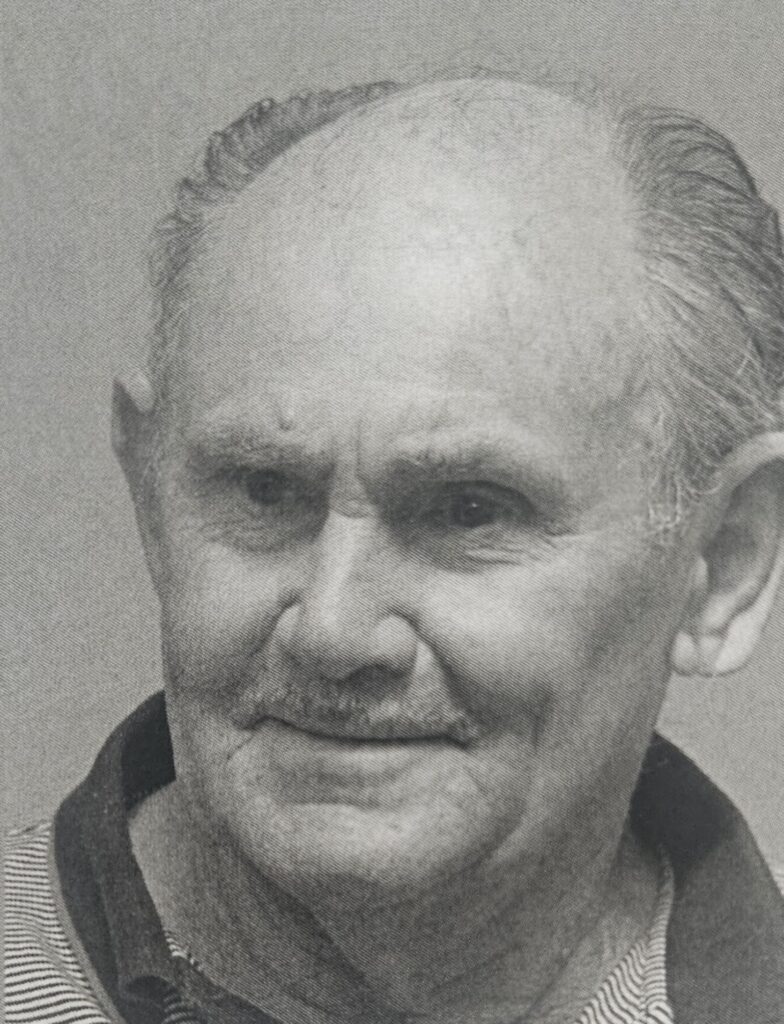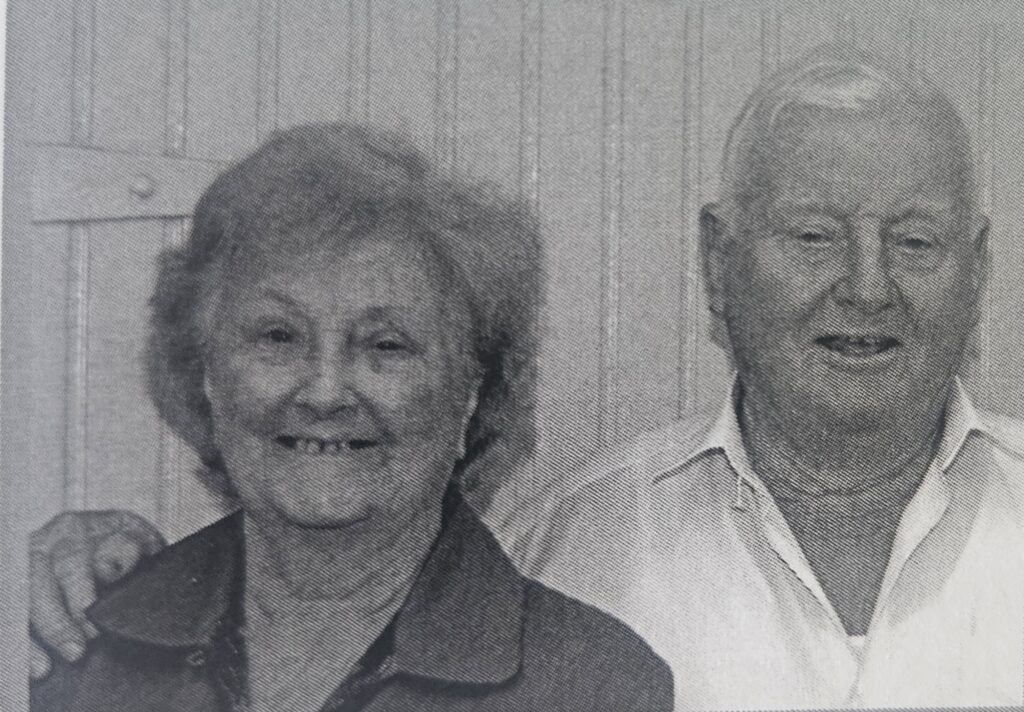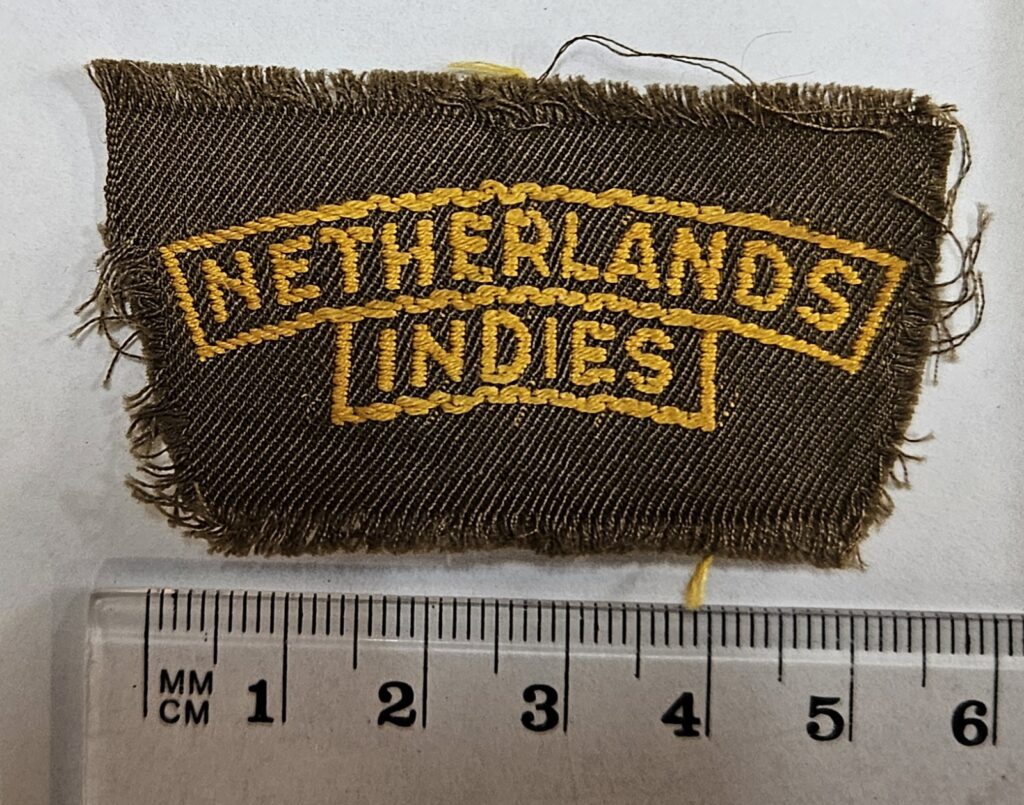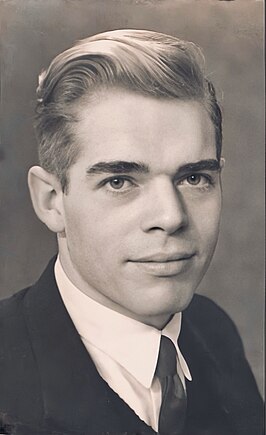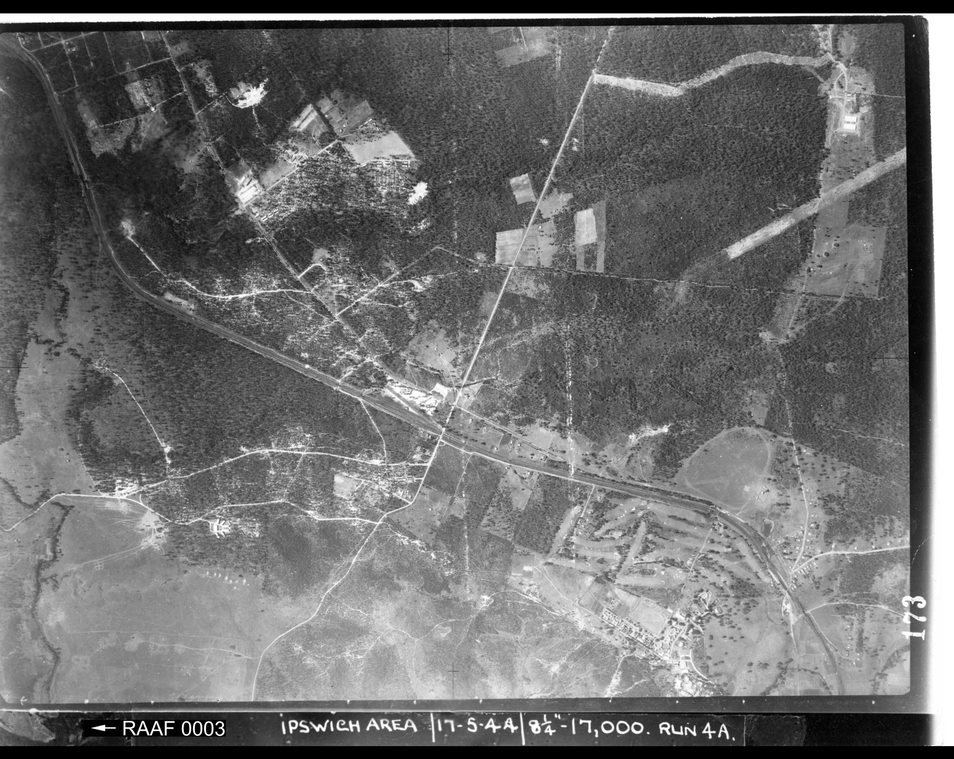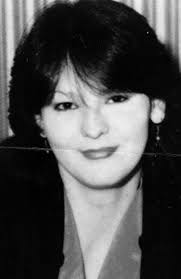Brisbane Timeline to commemorate the 80th anniversary of the end of WWII in the Pacific
Brisbane in World War Twoby Dr Jonathan (Jack) Ford Introduction2025 marks the 80th anniversary of the end of World War II, both in Europe and the Far East. From July 1942 to May 1944, Brisbane was the most important city in Australia during the war. It served as the headquarters for US General Douglas MacArthur’s […]
Brisbane Timeline to commemorate the 80th anniversary of the end of WWII in the Pacific Read More »



